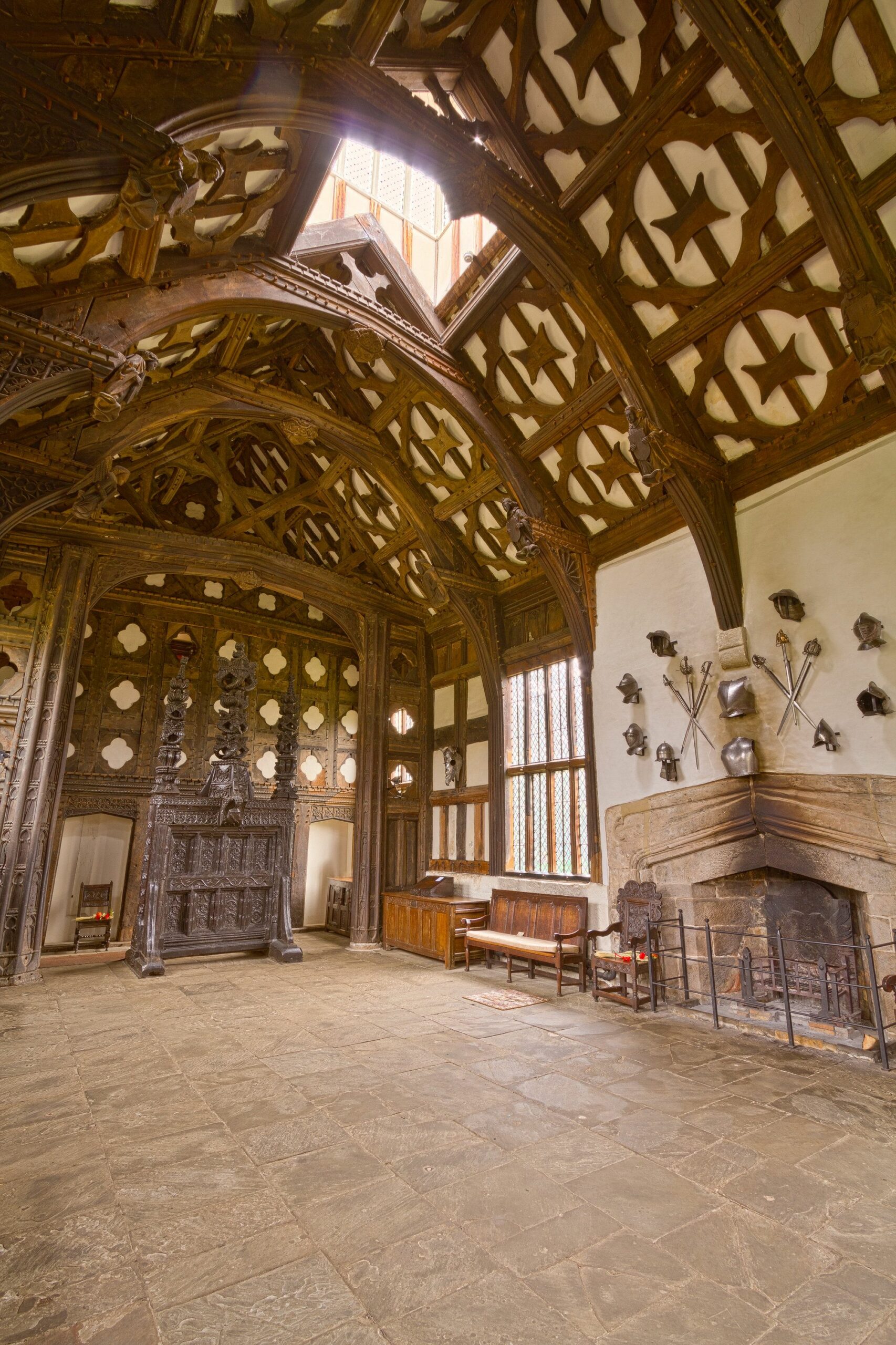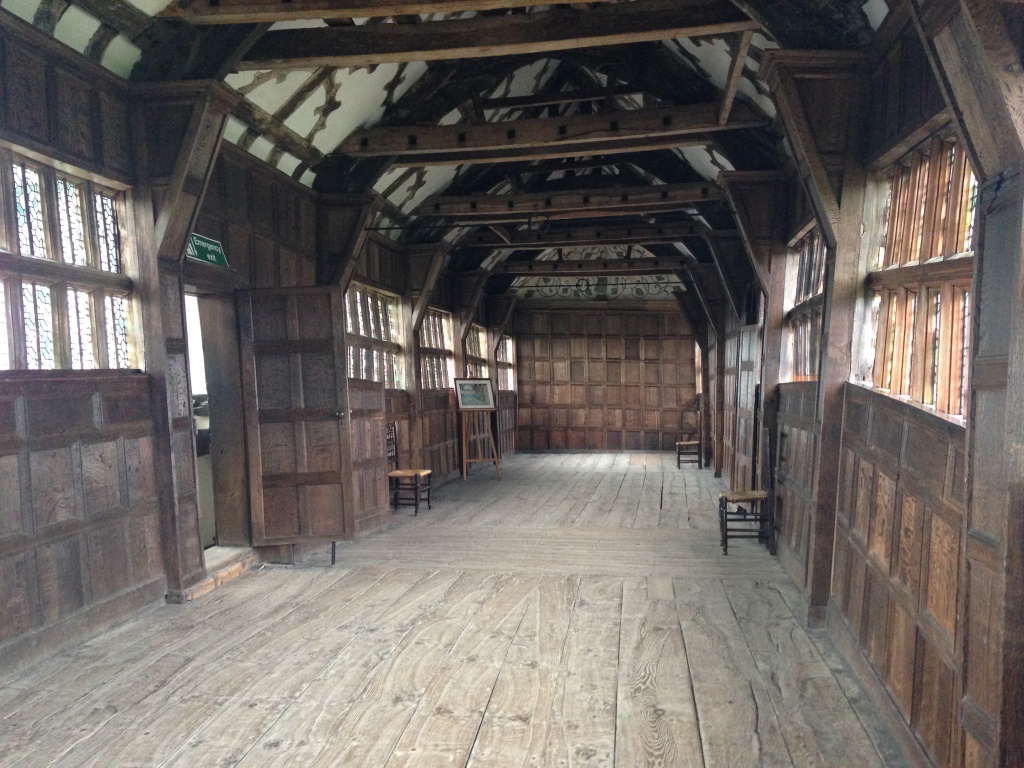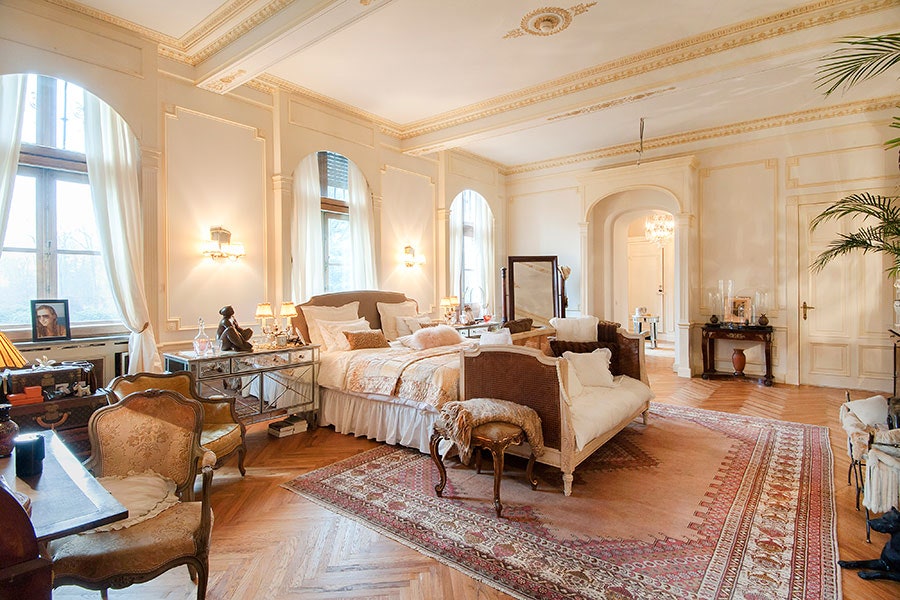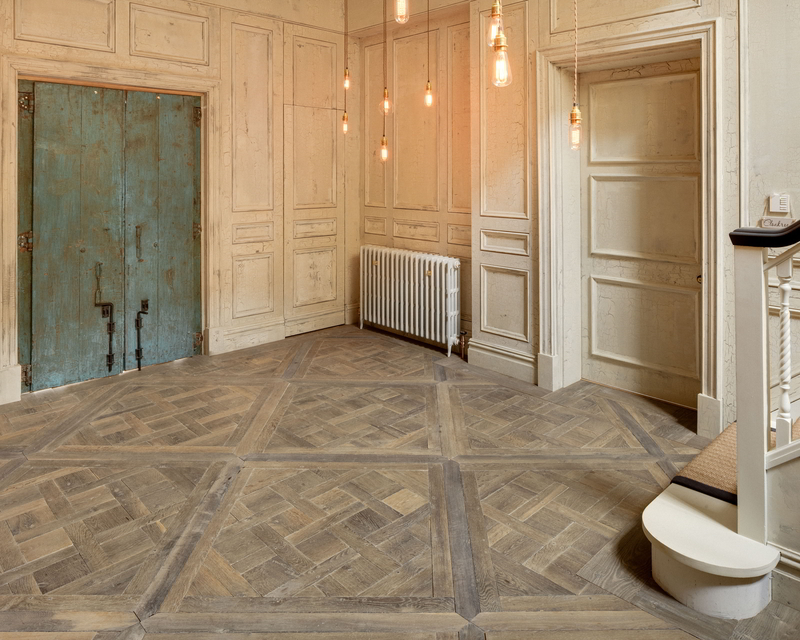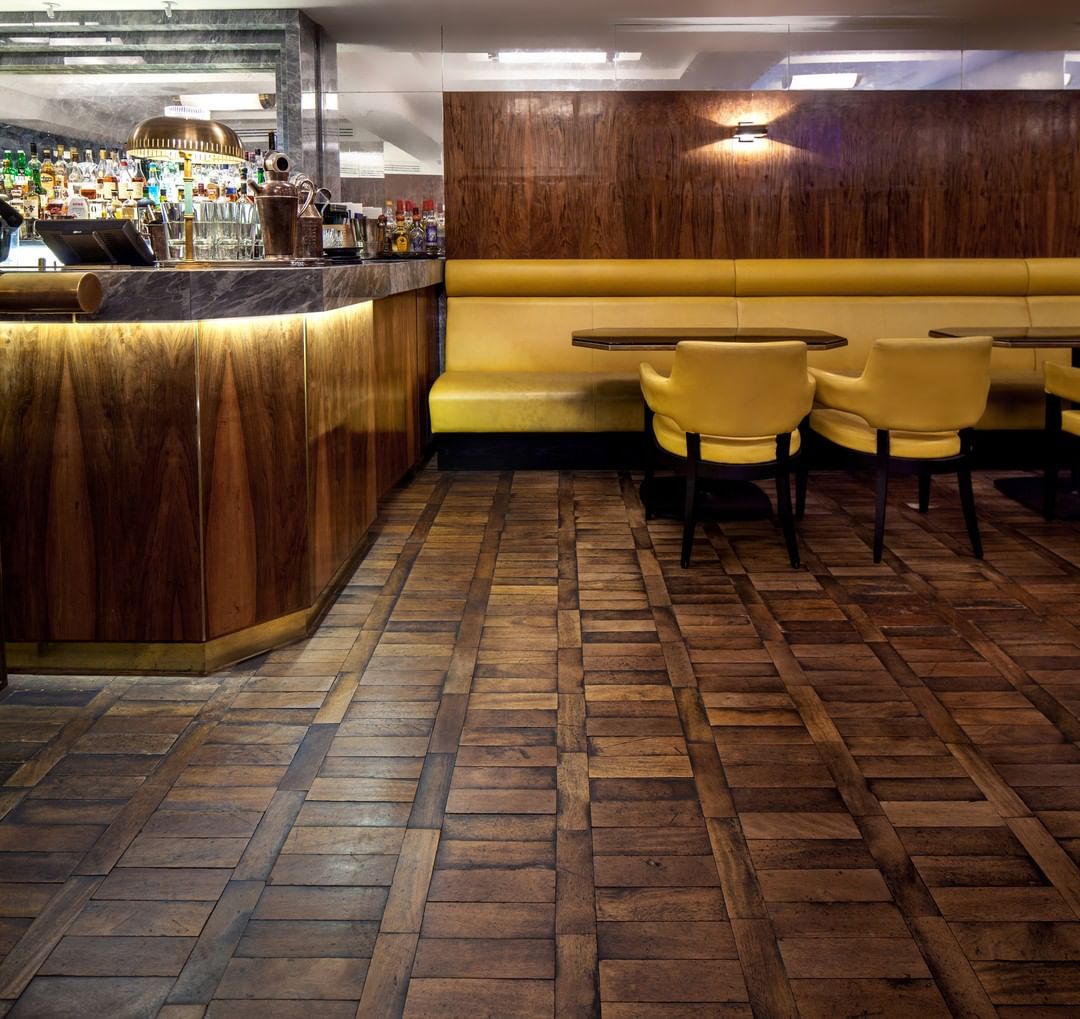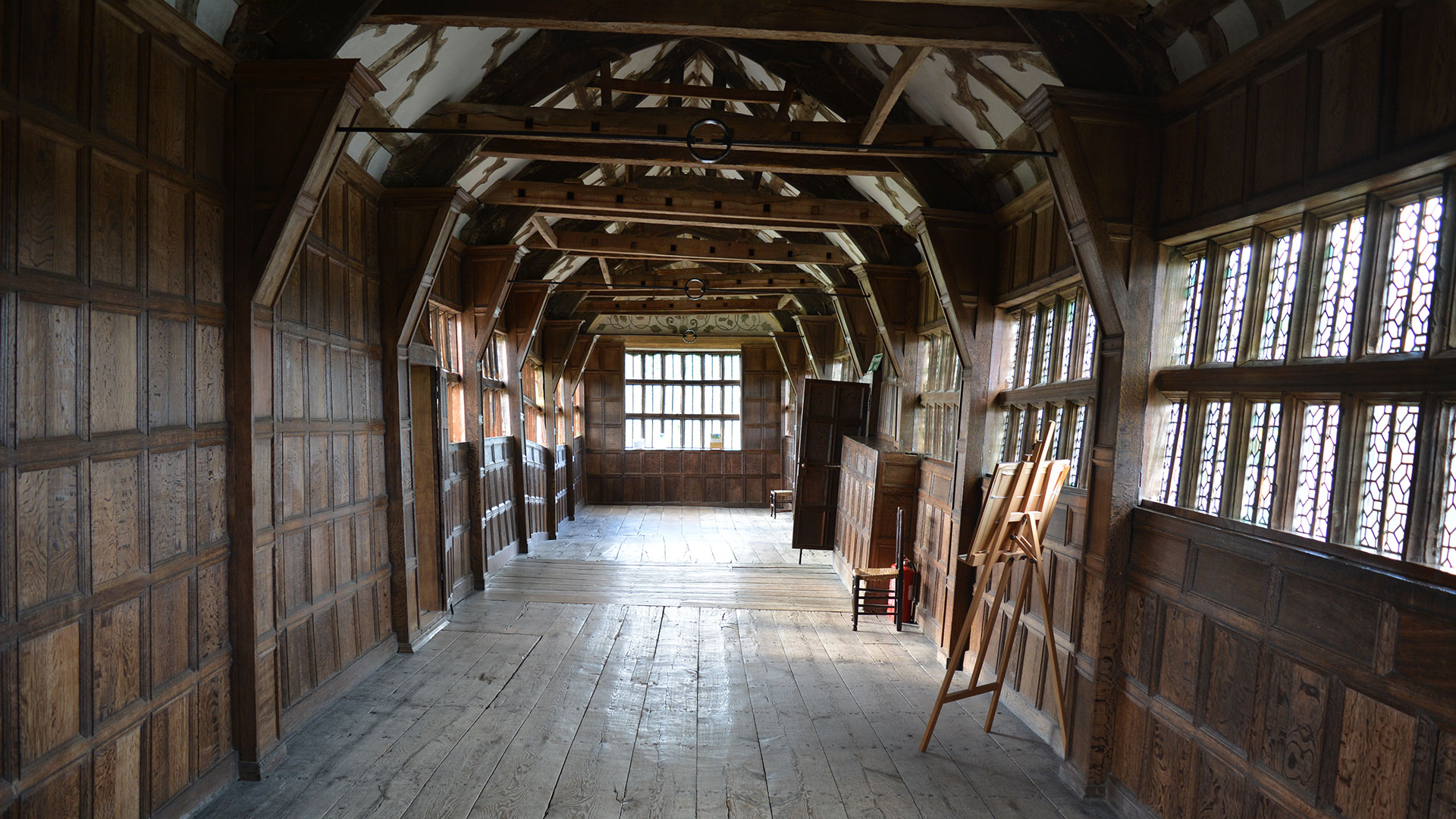
Wood’suntarnished beauty is inviting, alluring and adds character and charm to an abode.
Wood flooring coupled with the right furniture can uplift and adorn a home. When you look at paintings and visual recreations of a bygone era, you are immediately struck by the beauty, aura and charm of the vintage period. For example, paintings and architectures of the 17th or 18thcentury leave you marvelling at some of the intricate designs and décor of the glorious past. But, rather than dwelling too much into the nitty-gritty of the past, let’s talk about the history of time periods in England and their style of interiors and wood flooring. The moment you wonder about décor and flooring of an earlier time, you visualise an era of grandeur and finesse. Well, it’s true that vintage design and décor are a thing of beauty but let’s attempt to uncover the modest journey of wooden flooring.
The use of wood as a flooring material started somewhere around the Middle Ages. Back then, floors were usually made of beaten earth, stone or bricks. Wooden flooring was restricted to homes that had a garret or an extra floor. Oak and pine were the usual preferences back then and they were milled using the most unsophisticated and basic tools like saws, chisels, axe etc. Unlike today, sizing and placement were not something that people accounted for back then. The boards were unevenly placed and nailed-down haphazardly. And not much maintenance and polishing went into the process
Moving on to the vivacious age of the Elizabethan era where elaborate and intricately carved furniture was the norm. During this time period, status and power were often validated based on the wealth and taste reflected in interior décor especially the furniture. It was an era of lavish and rich designs and the furniture was usually heavy, large and elaborate. Carving and ornamentation were common during the Elizabethan era. The décor included Tudor-Gothic motifs and Italian Renaissance designs, to name among a few. Natural wood was used in a beautiful and striking manner to elevate the overall décor. Gothic chequerboard floors were common during this era and a lot of focus was given to a structured, geometric design rather than the earlier sloppy placement of planks.
The 17th century was the age of decadence and that reflected in the décor and design of the era. The geometric block pattern and Parquet flooring were a standard in flooring for formal rooms and elaborate designs were popular. Hardwood flooring became a norm since the price of wood became cheaper and wood flooring got a more polished and sophisticated makeover. The furniture was focused more on the functional aspect and there was a conflux of different designs and patterns. Oak was greatly used and so was elm for a structured yet more intricate look. Carpeting was huge back then.
The 18th century was a period of boom and bloom in many sectors of life and even the middle class was flourishing and developing a unique aesthetic taste. English interiors of the mid-eighteenth century show the eclectic taste of people of that age and Neo-Palladian furniture and design were extremely popular. The floors were usually pine or French oak and carpets with intricate designs and patterns were abundant. There was a lot of French influence and the focus was on comfort.
The 19th century brought in the influences of the Industrial Revolution and luxury and comfort were the focus. Parquet flooring became popular once again and carpeting with oriental motifs and designs were huge. Georgian and Victorian pine floors were extremely beautiful and they had a certain degree of finesse to them. Decorated floor tiles were also popular back then and the furniture was large and plush.
Light, airy and less dense was the furnishing preference in the 20th century and the influence of the Arts and Crafts Movement was seen in the furniture and textiles of the era. Modern furniture was simple with little or no ornamentation, is strictly focused on practicality. New materials for furniture making like glass, plastic and aluminium became increasingly popular and sofas were gaining popularity around the 1970s. In the early 20th century, usage of dense pine was seen and the planks were a little wider. Oak flooring was one of the most common floorings and the use of pine flooring was dwindling since it was scarcely available.
In modern wood floor trends, oak flooring is still widely popular and prevalent. Hardwood floors add a touch of elegance to your décor and their popularity is steadily increasing. Engineered Wood is another option that’s perfect for non-fussy and low maintenance flooring. It’s the perfect option for underwood heating and the planks arrive pre-finished. Bolder textures and a lot of reclaimed wood designs are popular now. Reclaimed wood is increasingly being used in settings of all types, whether in flooring, doors, panelling, other fixtures or accessories. They are durable and they add a weathered beauty and essence to your décor. The Reclaimed Flooring Company understands the significance and allure of wood flooring and has a variety of styles, textures and designs to choose from.


